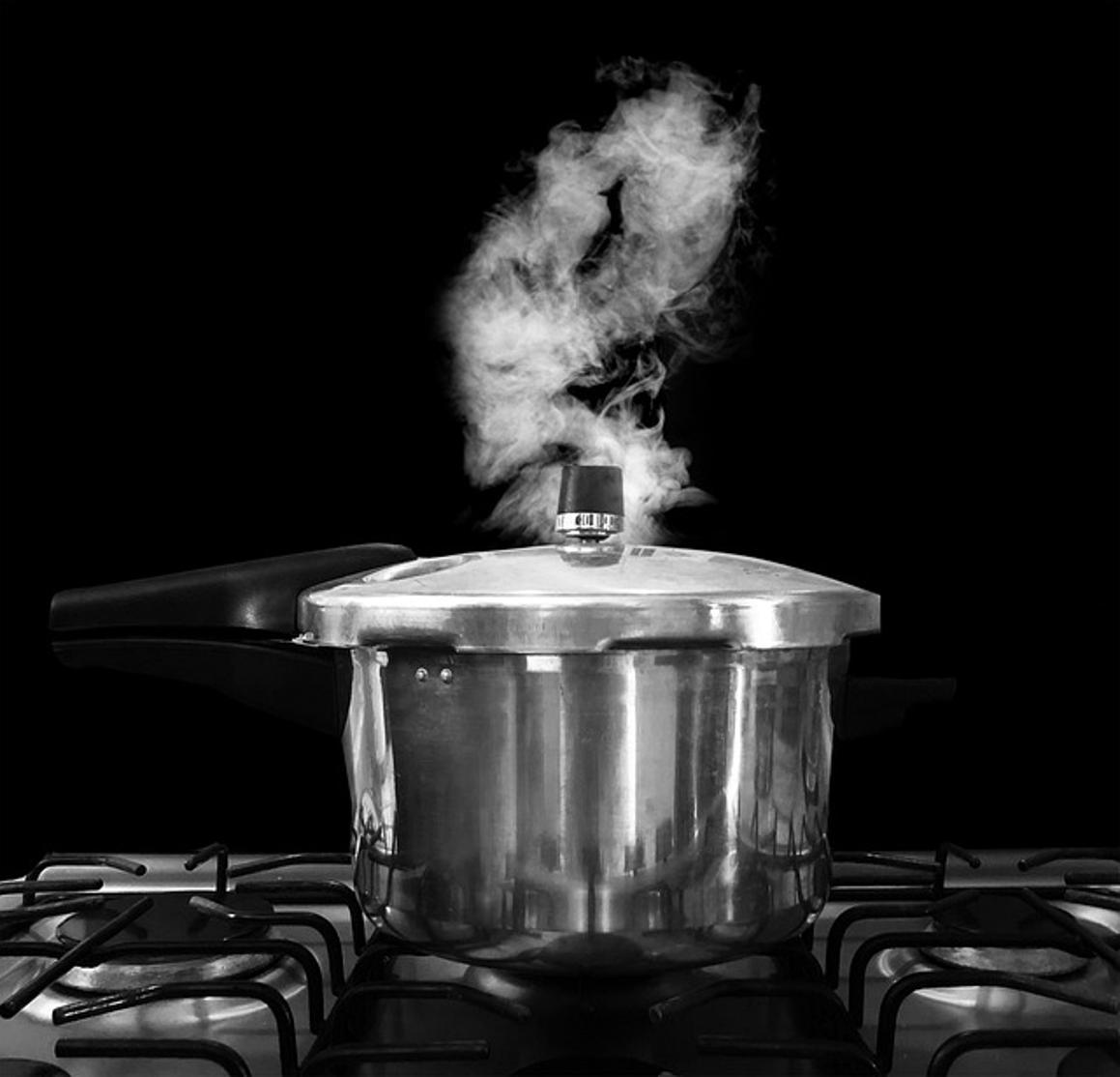How to Clean Rice Cooker: Your Complete Step-by-Step Guide
Introduction
A rice cooker is essential in many homes, simplifying the process of cooking perfect rice. But to keep it functioning optimally, regular cleaning is crucial. Proper maintenance not only enhances the taste of your meals but extends the lifespan of your cooker. In this guide, we’ll walk you through each step of cleaning your rice cooker thoroughly, ensuring it remains in pristine condition. Keep reading to learn how to clean your rice cooker effectively and effortlessly.

Why It’s Important to Clean Your Rice Cooker
Cleaning your rice cooker is not just about maintaining hygiene. Food residues and grime can accumulate over time, leading to unpleasant odors and potentially compromising your health. An unclean rice cooker can also affect the taste and quality of your food, making your favorite dishes less enjoyable. Furthermore, regular maintenance ensures that your appliance operates efficiently, preventing technical issues that could arise from neglect. For these reasons, understanding how to clean your rice cooker properly is essential.
Materials Needed
Before we delve into the cleaning process, gather the following materials:
– Soft sponge or cloth
– Mild dish soap
– White vinegar or baking soda
– Soft-bristle brush or toothbrush
– Clean, dry towel
Having these materials ready will streamline the cleaning process, making it more efficient and less time-consuming.
Step-by-Step Cleaning Process
Unplugging and Preparing Your Rice Cooker
- Unplug the rice cooker: Safety first! Ensure the appliance is completely cool before you start cleaning.
- Remove leftover rice and debris: Empty the inner pot and discard any leftover food.
Removing and Washing the Inner Pot
Once you have prepped the rice cooker, it’s time to focus on the inner pot, which often harbors most of the residues.
- Take out the inner pot: Carefully remove it from the rice cooker.
- Wash with soap and water: Use a soft sponge and mild dish soap to clean the pot. Avoid abrasive materials that can scratch the surface.
- Rinse thoroughly: Make sure all soap residues are removed.
- Dry the pot: Use a clean towel to dry the pot or let it air dry.
Cleaning the Lid and Other Removable Parts
For a thorough cleaning, the lid and other removable parts should be attended to next:
- Disassemble the lid: If your rice cooker has a removable lid, take it off.
- Wash all parts: Clean the lid, steam cap, and any removable components with mild soap and water.
- Rinse and dry: Ensure all parts are rinsed well and dried properly to prevent mold and mildew.
Wiping Down the Heating Element and Exterior
Now that the interior parts are addressed, the heating element and the exterior need attention:
- Clean the heating element: Use a damp cloth to wipe away any residues from the heating plate.
- Wipe the exterior: Clean the outside of the rice cooker with a damp cloth, and dry it thoroughly to keep it looking new.
Addressing Stubborn Stains and Odors
Sometimes, rice cookers can develop stubborn stains or lingering odors. Here’s how to address them:
Removing Burnt-on Food and Stains
- Create a paste: Mix baking soda with water to form a paste.
- Apply the paste: Rub the paste onto the burnt areas using a soft-bristle brush or toothbrush.
- Let it sit: Allow the paste to sit for 15-20 minutes.
- Scrub and rinse: Gently scrub the area and rinse thoroughly.
Eliminating Lingering Odors
- Vinegar soak: Fill the inner pot with a mixture of water and white vinegar (1:1 ratio).
- Let it sit: Leave it to soak for 30 minutes.
- Rinse well: Wash and rinse the pot with clean water to remove any vinegar smell.
Regular Maintenance Tips
Taking care of your rice cooker doesn’t end with occasional cleanings. Regular maintenance can keep it in top condition.
Daily Cleaning Habits
- Wipe down after each use: Clean the inner pot and exterior with a damp cloth after every use.
- Check for residues: Ensure no rice or food particles are left behind.
Monthly Deep Cleaning Routine
- Disassemble and clean: On a monthly basis, disassemble and clean all removable parts.
- Inspect for wear and tear: Check for any damages or wear that might need attention.

Safety Tips During Cleaning
Proper cleaning involves following safety guidelines to avoid accidents or damage to your rice cooker.
Electrical Safety
- Unplug before cleaning: Always ensure your rice cooker is unplugged before you start cleaning.
- Avoid water near electrical components: Be cautious not to let water get into the electrical parts of the cooker.
Proper Reassembly
- Dry thoroughly: Ensure all parts are completely dry before reassembling.
- Reassemble carefully: Fit each part back into its place properly to avoid any malfunction.

Conclusion
Cleaning your rice cooker regularly is essential for maintaining its efficiency, hygiene, and the quality of your meals. By following our step-by-step guide, you can easily ensure your rice cooker remains in excellent condition. Remember, a clean rice cooker means better-tasting rice and a longer-lasting appliance.
Frequently Asked Questions
Can I Put the Inner Pot in the Dishwasher?
Check your manufacturer’s guidelines. Some inner pots are dishwasher-safe, but hand washing is generally recommended to maintain their non-stick coating.
How to Remove Persistent Burnt-on Food?
Use a paste of baking soda and water, let it sit for a while, then scrub gently with a soft-bristle brush to avoid damaging the surface.
How Often Should You Clean Your Rice Cooker?
Clean it thoroughly after each use, and perform a deep clean at least once a month to maintain optimal performance and hygiene.

